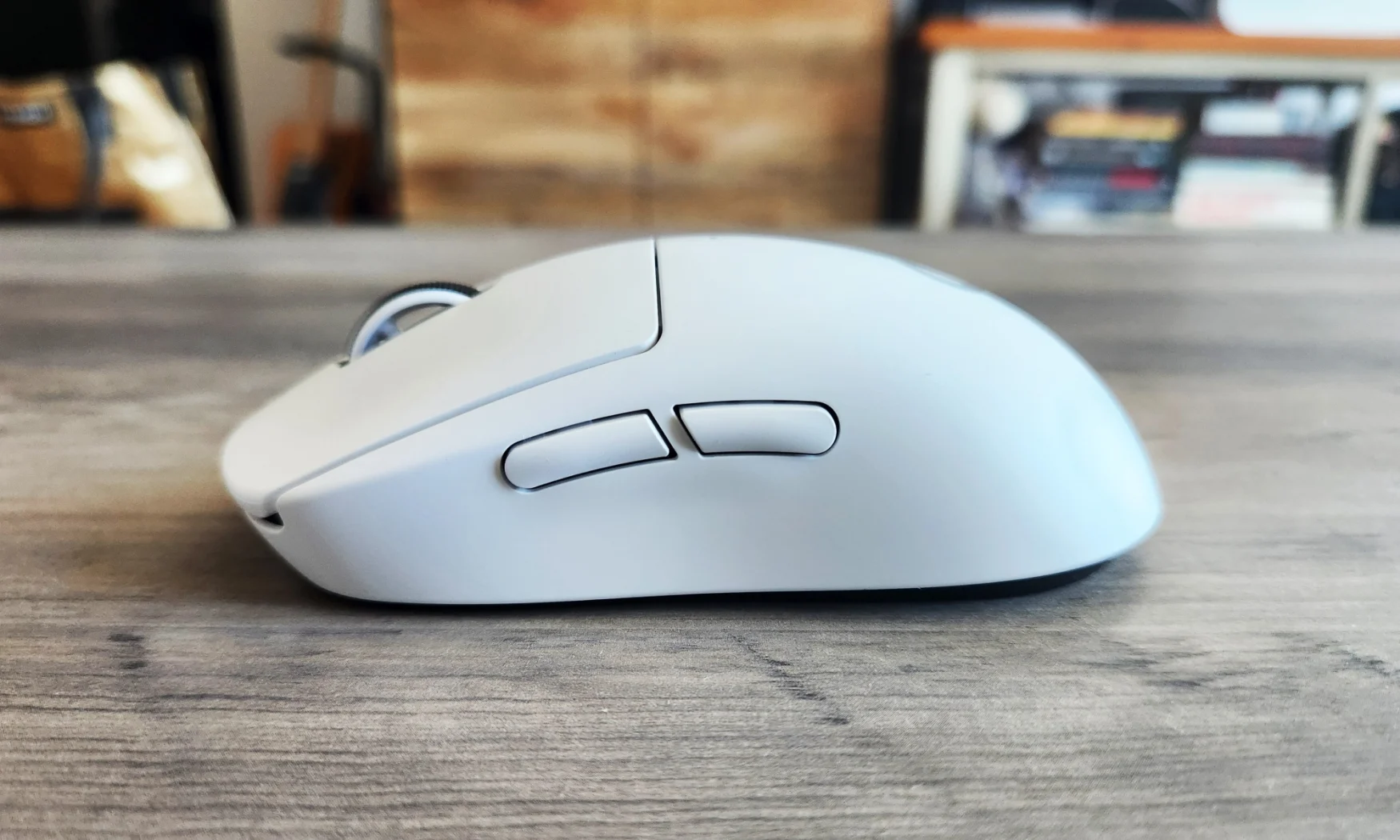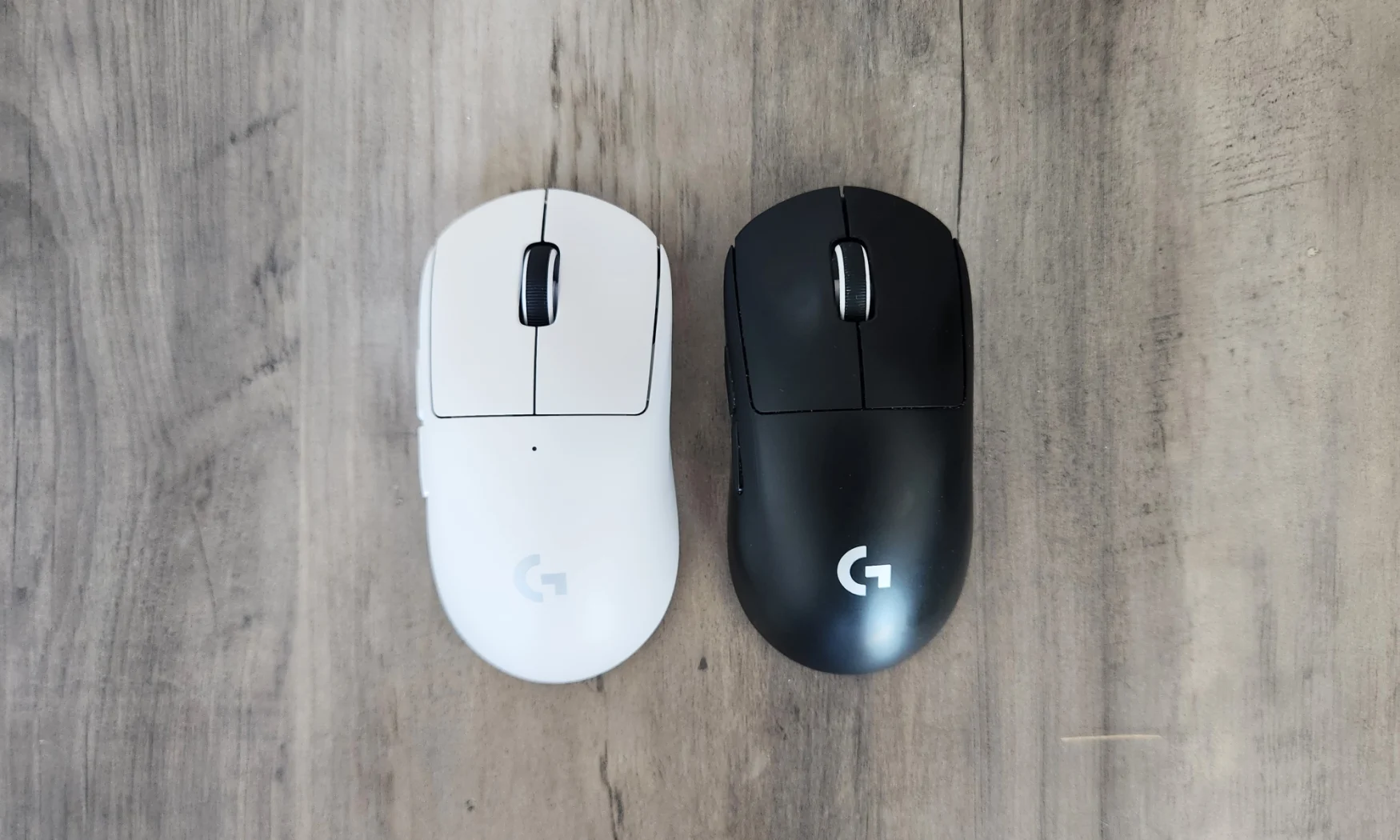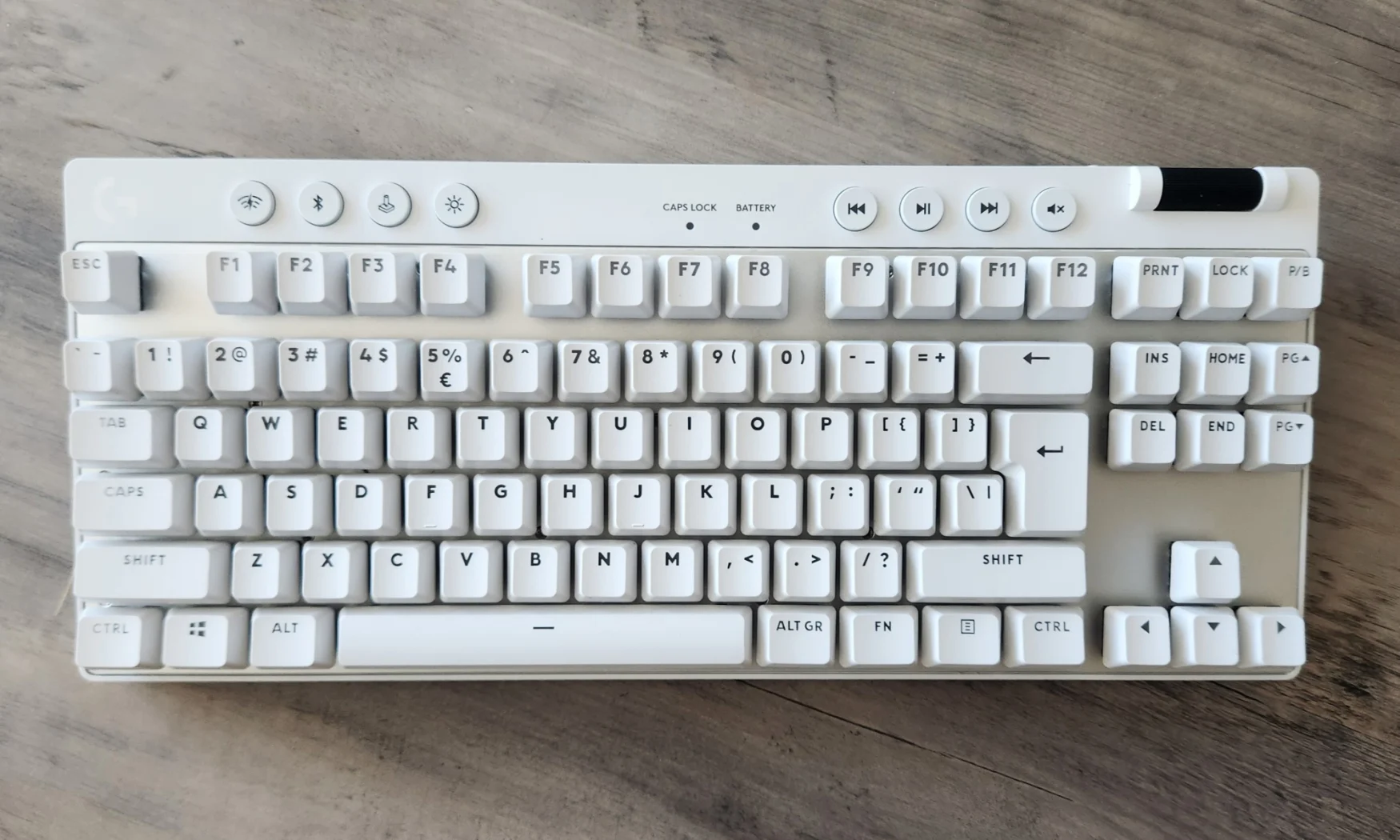Logitech’s G Pro X Superlight has been one of the most popular gaming mice among enthusiasts and esports professionals since it arrived in 2020, and today Logitech is refreshing it with a few key updates. The Logitech G Pro X Superlight 2, as the new wireless model is called, shares the same agreeable shape as its predecessor, but cleans up many of that device’s minor annoyances. It’s available starting today for $159.
For one, the G Pro X Superlight 2 charges and connects over USB-C, whereas the prior model was stuck with an ancient microUSB port. Instead of using fully mechanical switches, which can potentially introduce issues with unintended double-clicks over time, the new mouse also utilizes the “Lightforce” switches seen in Logitech’s G502 X series. This is a hybrid solution with both mechanical and optical parts, the idea being to balance the feel of the former with the faster speed and (typically) greater durability of the latter.
Beyond that, the battery life is now rated at 95 hours per charge, up from 70. A new “Hero 2” sensor is said to offer steadier tracking when quickly lifting or tilting the mouse. (It also raises the maximum DPI and tracking speed to 32,000 and 500 IPS, respectively, though both figures are overkill for most.) And the maximum polling rate has jumped from 1,000Hz to 2,000Hz – some gaming mice can reach as high as 8,000Hz, but that has little practical benefit unless you use a monitor with a particularly high refresh rate.

Photo by Jeff Dunn / Engadget
I’ve had the G Pro X Superlight 2 on hand for a few days. Just like the first Superlight, the main appeal here is the ambidextrous, “potato”-style shape, which should fit well with just about any hand size or grip type. It’s still a “jack of all trades, master of none” situation: The Razer DeathAdder V3 Pro, for example, is contoured in a way that’s more accommodating to larger hands and palm grips. But this design is safe for a wider range of people.
At 60 grams, the G Pro X Superlight 2 is only about three grams lighter than its predecessor. Many options these days are technically lower-weight, but no serious person could call this heavy. The outer shell is still solid and devoid of “honeycomb”-style holes, and compared to the first Superlight, the texture on the plastic feels a bit higher-quality.
Unsurprisingly, I’ve also had zero issues with performance. Across multiplayer shooters like Halo Infinite, slower-paced RPGs like Baldur’s Gate 3 and everyday work, tracking has been accurate and consistent, while clicks have registered with no noticeable delay. The PTFE (aka Teflon) feet are marginally longer and wider than before, but they glide smoothly either way. (An optional PTFE cover for the USB receiver compartment on the back adds a little extra speed.) The scroll wheel can’t tilt left or right, but it’s relatively quiet, grippy and precise.

Photo by Jeff Dunn / Engadget
The new optical-mechanical switches, meanwhile, give each press a distinct, tactile sensation. They sound bassier than the first Superlight, but they feel tighter. The fully optical switches on the DeathAdder V3 Pro – currently the top premium pick in my gaming mouse buying guide – come off as mushier by comparison. Logitech would not provide a specific estimate for how many clicks the main buttons can sustain, but in theory, this hybrid design should be more durable than traditional mechanical switches. If that’s a concern, you can turn on an “optical only” mode through Logitech’s G Hub software, though that’ll shorten the battery life.
Some compromises have carried over. There’s no RGB lighting, no Bluetooth and no dedicated DPI switch button. There are two customizable shortcut buttons on the left side, but none on the right, so the mouse isn’t truly ambidextrous. Logitech’s G Hub software makes it fairly easy to assign macros and DPI profiles – including the ability to customize the sensitivity of horizontal and vertical movements separately – but plenty of people have found it buggy in the past. And none of this comes cheap. If you own the original Superlight, there probably isn’t enough new here to justify another $159.
That said, some of those omissions are to be expected given that the mouse is aimed squarely at competitive-minded players. I’ll have to verify Logitech’s battery life claims, but if you’re willing to spend for a high-performing mouse without an explicitly ergonomic shape, the G Pro X Superlight 2 looks to be a top option.

Photo by Jeff Dunn / Engadget
Besides the new mouse, Logitech has introduced a new wireless gaming keyboard, the G Pro X TKL. That tenkeyless model is also available today for $199. Here you’re looking at dual-shot PBT keycaps, per-key RGB backlighting, dedicated media keys, a sturdy metal base and the usual suite of software customizations through G Hub. It can connect over Bluetooth and a detachable USB-C cable in addition to a wireless dongle, and it’s available with Logitech’s tactile (GX Brown), linear (GX Red) or clicky (GX Blue) switches. Logitech says you can swap in third-party keycaps, and it rates the battery life at 50 hours.
In many ways, the G Pro X TKL is reminiscent of Logitech’s G915 TKL, only it uses traditional mechanical switches instead of low-profile ones. After using it for a few days, it seems fine: The keys are crisp, well-spaced and not noticeably rattly, the customizable RGB looks sharp, and Logitech’s wireless tech is dependable. It all comes with a useful carrying case, too. But the GX Brown switches on my unit are fairly loud, and it lacks some of the advanced features of other high-end gaming boards like the Wooting 60HE or SteelSeries Apex Pro TKL. There’s no adjustable actuation, rapid trigger or hot-swappable switches. For $199, some may find the feature set lacking. But if you need a wireless mechanical keyboard in a TKL form factor, what’s here at least feels comfortable and well-built.
Credit: Source link










